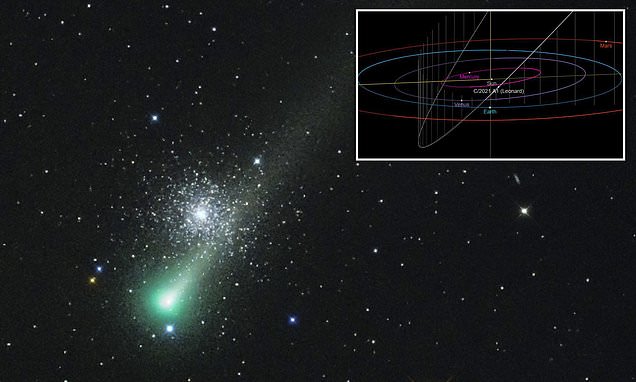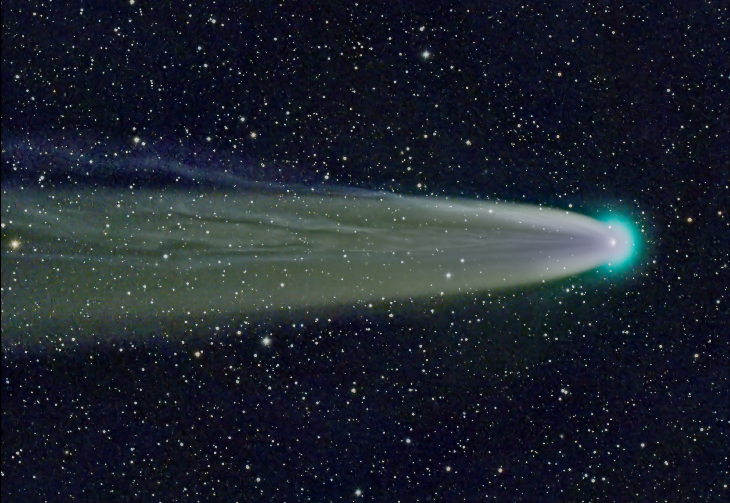Hey everyone,
As I was doing my nightly news round I came across an article that caught my attention, I found it in spanish and I am translating it here for reference:
There are several news sites that have picked up the story, what I found interesting is that the moment is approaching the inner solar system from the Oort cloud, not that such an occurrence is unlikely given the amount of rocks in that region, but I remember it being discussed a while ago how as the suns companion passed through the cloud, it could plunge cometary bodies towards the inner solar system and I felt that this could be a sign of that very event maybe?
As I was doing my nightly news round I came across an article that caught my attention, I found it in spanish and I am translating it here for reference:
Around mid-December 2021, Comet Leonard will visit the inner Solar System and pass close to Venus and Earth, before hurtling around the sun around January 2022.
"Although comets are extremely difficult to predict, some estimates indicate that light from Comet Leonard will be visible to the naked eye in December," reported the U.S. National Aeronautics and Space Administration (NASA).
"Soon after passing close to Earth in mid-December, the comet will move from northern to southern skies," it added.
The space agency shared an image of the comet composed of 62 photographs captured by telescope to record both the astronomical body and the stars behind it. These photographs showed a formation of dust, snow and rocks coming from the Oort cloud, which has an 80,000-year orbit.
In addition, NASA detailed that it obtained its image from the vicinity of June Lake, in California.
When to see it
Comet Leonard took 80,000 years to go around the Sun, so after this period it will be visible with greater power on December 12 at 8:54 am.
Among the countries where it will be visible at its maximum brightness is Mexico, according to preliminary data, the astronomical event will be visible between 5:00 and 5:30 in the morning (Mexico City time).
This next sighting is in addition to the partial lunar eclipse that could be seen from practically all of Latin America and the United States on November 19, the longest in the last almost 600 years.
There are several news sites that have picked up the story, what I found interesting is that the moment is approaching the inner solar system from the Oort cloud, not that such an occurrence is unlikely given the amount of rocks in that region, but I remember it being discussed a while ago how as the suns companion passed through the cloud, it could plunge cometary bodies towards the inner solar system and I felt that this could be a sign of that very event maybe?





